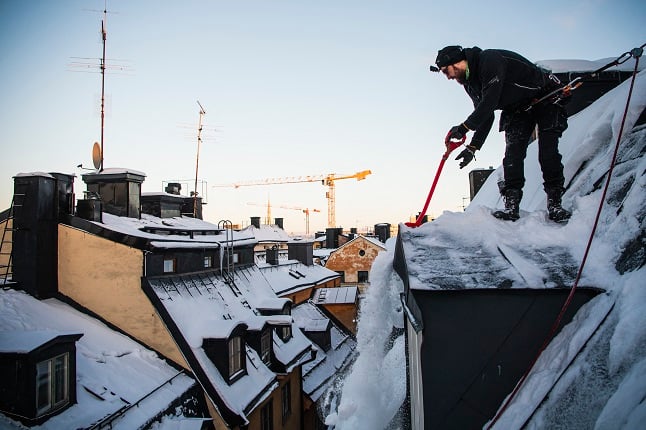Organizers World Team Challenge were forced to cancel the competition, set for December 30, for safety reasons. Ironically, the organizers were planning to lay down artificial snow for the event.
Three of the 40 Teflon-covered fibre-glass strips that roof the stadium were ripped apart by the weight of the snow, while fresh snowfall also prevented efforts to clear the roof.
“The protection of our spectators and participants is our highest priority,” said Rüdiger Mengede, head of the stadium’s management. “That is why there was only one choice for us: we have to cancel the events for safety reasons.”
The stadium roof was already damaged mid-January this year, threatening some of Schalke’s football fixtures.
The indoor biathlon spectacle has taken place at the stadium annually for the past nine years, and attracts the sport’s leading stars, including multiple Olympic gold medal winner Ole Einar Björndalen from Norway and Germany’s top biathletes Michael Greis and Martina Glagow. Tens of thousands of spectators have regularly turned up to watch.
Last year, 2,500 cubic metres of artificial snow were brought into the stadium in over a hundred trucks. This year, the natural snow took a more direct route.
The Local/bk



 Please whitelist us to continue reading.
Please whitelist us to continue reading.
Member comments